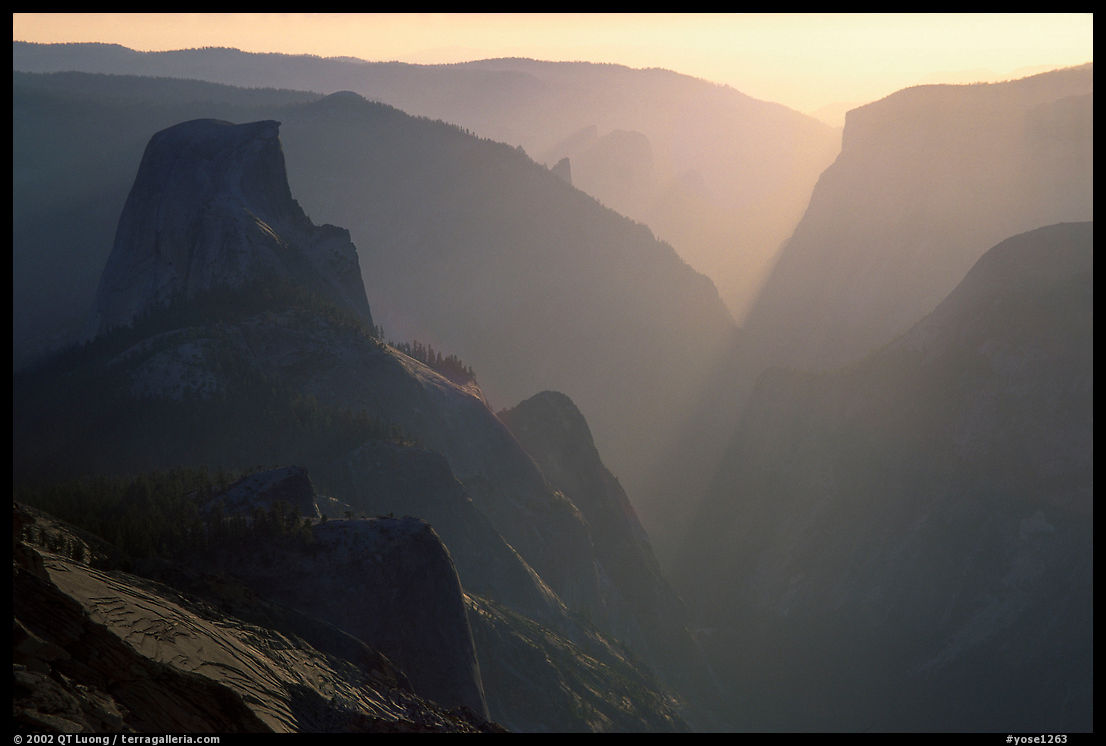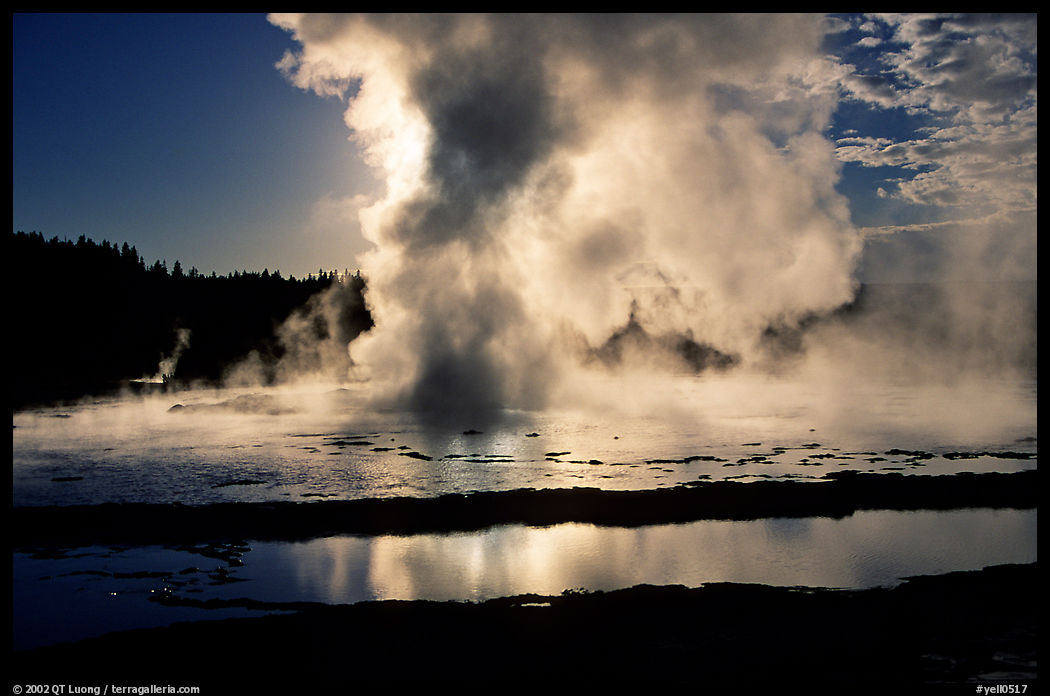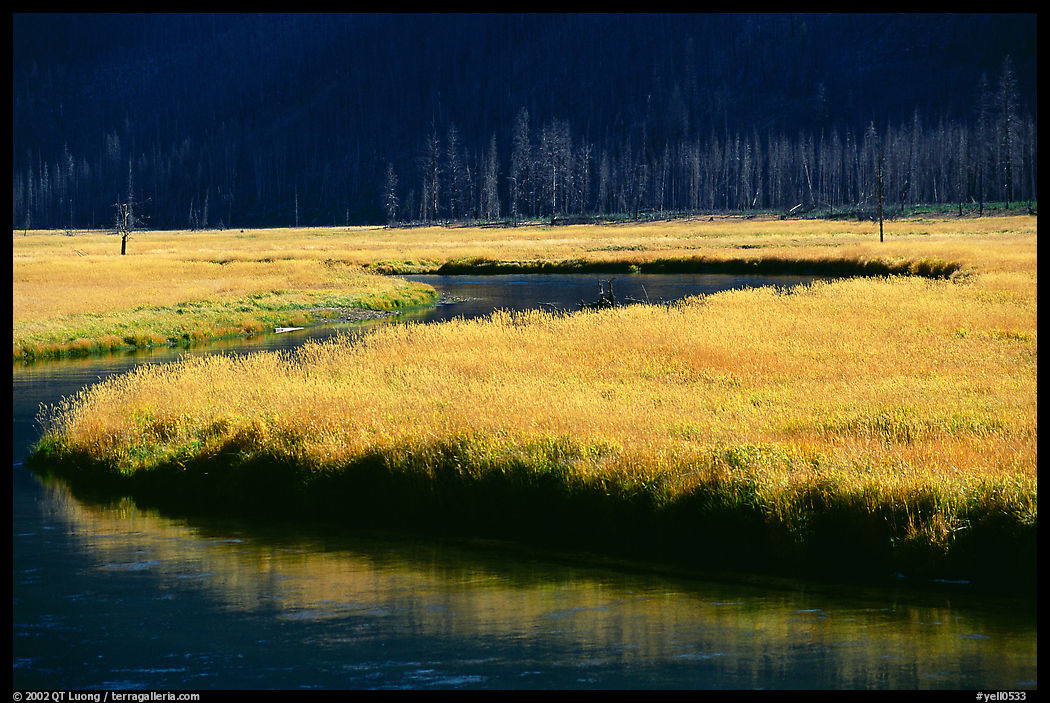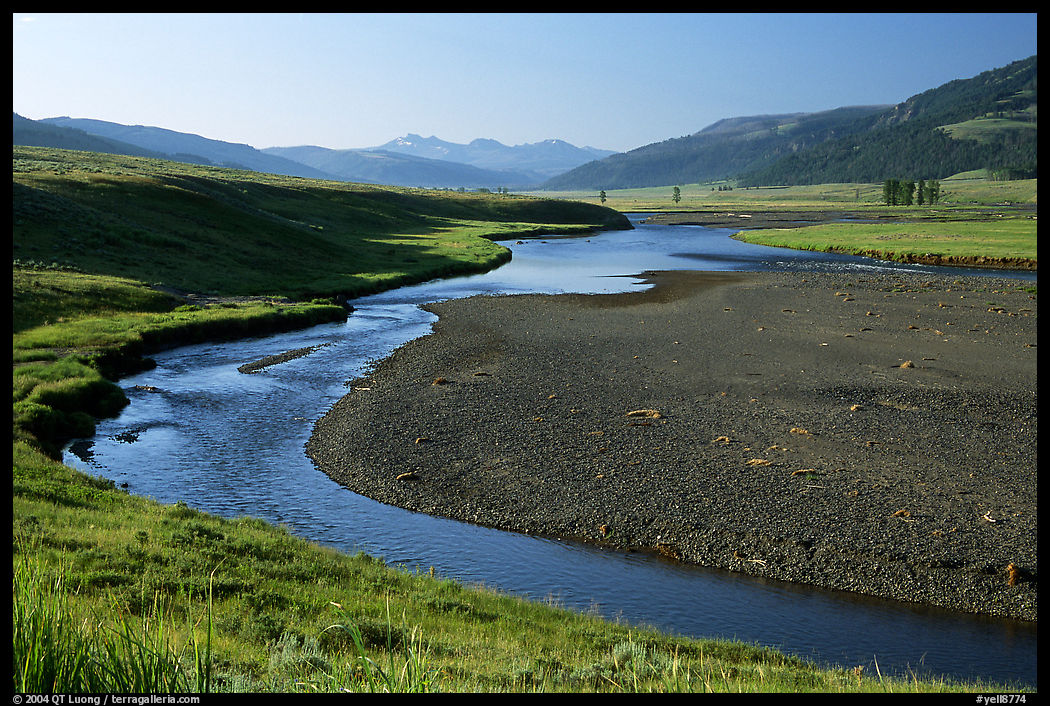Why America’s National Parks Are (Still) Great
No Comments
Almost thirty years ago, what drew me personally to America’s national parks was its diversity of natural environments. On the occasion of this year’s National Parks Week, I reflect on what generally made America’s national parks so special and if contemporary changes, especially in visitation, have affected any of that.

The first national parks
To begin with, America’s national parks were the first fully realized expression of an idea as uniquely American as the Declaration of Independence and just as radical: that the most special places in the nation should be preserved, not for royalty or the rich, but for everyone and for all time.
Nature reserves had been maintained in Europe for centuries to protect hunting grounds for use by kings, nobles, and later the rich and well-connected. By contrast, national parks are a fundamentally democratic idea. They are administered by the government but belong to all citizens. The 20th century even saw many examples of wealthy people donating land to the government for the purpose of establishing or expanding a national park. The establishment of the first national parks was a pivotal moment in the story of how we, the American people, made the decision to keep nearly one-third of our land in our collective ownership as public lands. Yet, the vast majority of the public lands could use stronger protections.
While the idea of resource protection – be it wildlife or even hot waters – predates the national parks, the protection of Yosemite and Yellowstone marks the recognition that there is value in preserving the land itself in its natural state instead of developing it. This year marks the 150th anniversary of the establishment of Yellowstone as the first national park. However, it was an accident of history that made Yosemite a state park in 1864 and Yellowstone a national park in 1872. Those public land protections mark the start of the modern conservation movement. Today, as the world is urbanizing at an accelerating pace, we need breathing spaces and nature more than ever. We also need to keep lands and waters in their natural state to combat climate change.

The best national parks?
The national parks may or may not be “America’s Best Idea” depending on one’s perspective, but there is no doubt that they were a very good idea that has been adopted worldwide. More than a hundred countries have national parks. What makes the system of national parks of America so special among the world’s offerings? There are three factors.
Timing. Europe had cathedrals and castles, but America was a blank slate. National parks would become America’s national landmarks and provide its citizens with a sense of pride. They are a focus of domestic tourism, and especially of that quintessentially American experience, the road trip. When the first national parks were established, the continent was still being explored and largely unsettled. We still had the historic opportunity to set large wild areas apart. The longer nature is left alone, the more it thrives. Yellowstone was preserved for the hydrothermal features, but wildlife is now very abundant, more than when the park was established. In the 1930s, when few lands were available in the East compared to the West, parks were made of reclaimed lands. They have now reverted to wilderness. A park unit established as late as Cuyahoga Valley National Recreation Area (1974) has seen a drastic transformation from an environmental disaster area to a vibrant restored landscape.
Geography. America’s Park system is at a scale of a continent. All the landforms you can imagine are there: coastlines, mountains, canyons, plains. The geological diversity is tremendous. All climate zones are represented: from tropics to arctic, from rainforest to desert (even in the same park). This leads to great biological diversity. Each park is a unique ecosystem, yet they are all interrelated. All the national parks established prior to Acadia National Park (1919) were in the West. Over the course of the 20th century, they would encompass more of the continent and include more samples of each of its corners, but there are still major ecoregions missing among the designed national parks.
Management. Those two natural advantages alone would not have been enough. The example of Yosemite had shown that back in the 19th the state of California was not a very good caretaker. Activists such as John Muir urged the conversion of Yosemite into a national park (1890) with the promise that the federal government would be a better caretaker. Yet, at first, enforcement of national park protections was rather inconsistent. To remedy that situation, the National Park Service (NPS) was established (1916) as a government agency with the mission: to “conserve the scenery and the natural and historic objects and the wildlife therein and…leave them unimpaired for the enjoyment of future generations.” It is a dual mission with contradictory objectives: conservation and providing access, but the NPS has done a very good job. Protections are strong, with no high-impact activities allowed. Most areas are maintained as wilderness. In other areas, there is excellent visitor infrastructure for mass tourism. The National Park Service pioneered concepts now taken for granted and copied anywhere else such as visitor center, park ranger (professional, knowledgeable, friendly), official park brochure (looking at their design history gives an idea of the sophistication), interpretive programs, scenic drive, overlooks with interpretive signs. As a result, the parks have this rare combination: they are mostly pristine but quite accessible. It is partly because everybody can easily visit that the parks have developed a constituency. The resulting wide popular support across the political spectrum is what keeps them funded and protected.

Are the national parks loved to death?
Maybe the most significant change from the early days of the national parks is the growth in visitation – from 5,000 annual visits at the beginning of the 20th century to 5 million in 2016 for Yosemite alone. National Park Week not only highlights our well-deserved appreciation for the National Park Service but also encourages people to connect with their national parks. Is that a good idea, at a time when the press and social media are filled with stories about overcrowded parks?First, we have to ask what is negatively impacted. For the developed areas of the parks, despoilation has already taken place irremediably when the park infrastructure was built. More infrastructure built for mass tourism actually mitigates global impact. Official trails reduce the impact of cross-country travel and user trail networks; restrooms and garbage cans prevent toilet paper from flying everywhere and waste from littering the landscape. Past a million visitors, it isn’t clear that another half-million is going to harm the environment that much more. What is most degraded, rather than the park, is the visitor experience. However, are visitors really concerned about crowding? They certainly keep coming to the more popular parks despite the well-publicized visitation numbers, and despite the fact that less popular national parks and other public lands are available to them. For the most popular areas, the NPS is extending the practice of requiring advance reservations for entry, and while inside the park, of using shuttles rather than private cars – another example of infrastructure reducing global impact. While this removes the spontaneity of trips, I think the overall improvement in visitor experience makes it a sustainable compromise. Other measures in the same vein can be taken to mitigate adverse consequences of visitation, but what we need for them to happen is above all increased funding.
When I see crowds, part of me is pleased to see that people are loving and visiting their parks. I do not feel frustrated because in most parks, I could find ways to avoid the crowds, be it by timing, hiking, or going to less popular areas. There are many parks that do not suffer from over-visitation, and even within popular parks, there are often quiet parts. More importantly, a place of great power almost by definition cannot be easily stripped of its power. If you feel that sharing the beauty of a landscape with a mass of people diminishes its beauty, doesn’t it imply that such beauty wasn’t that powerful in the first place? On the other hand, doesn’t the fact that you can appreciate the beauty of a landscape through a photograph indicate that you can separate the experience of taking in the landscape with that of standing alongside many? Even on that most popular of walks, the Lower Yosemite Falls Trail, standing on the bridge in the wet mist of the spring runoff still feels raw and wild. The increase in visitation of our national parks does require some mitigation measures, but rather than threatening their core mission, it is a measure of their success, and something worth celebrating this week.


